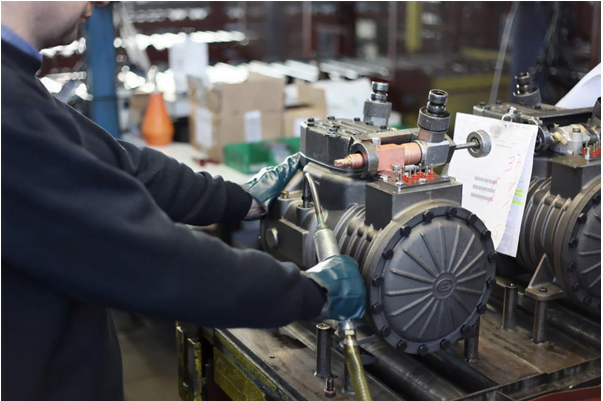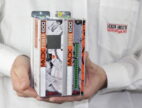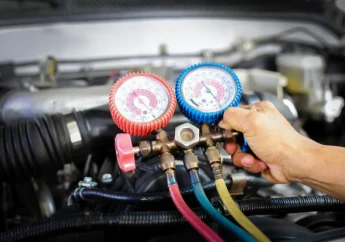Dorin condensing units: Supermarket Refrigerator System
by Mashum Mollah Technology 23 July 2019

In the management of a supermarket, the refrigeration system consumes – on average – just over half of the total electricity. About 65% of this portion can be attributed to the consumption realized by compressors and fans. Therefore, increasing the efficiency of the refrigeration system using also Dorin condensing units can lead to significant cost savings.
What is a Refrigeration System Composed of?
The operating principle of a generic refrigeration system for the production of cold for the optimal preservation of perishable food sold within a supermarket is based precisely on the reverse vapor compression cycle. In its simplest form, a system of this type can generally be divided into two distinct parts, characterized by different technologies and problems:
- The first part consists of the refrigeration unit, where the refrigerant fluid is compressed and condensed;
- The second part contains the circuits for the distribution of the refrigerant and the refrigerated counters, i.e. the cells, in which the other two phases of the cycle are performed, which are the rolling and evaporation of the fluid itself.
The subcooling of the liquid at the condenser unit, like the Dorin condensing unit, can be achieved by means of a heat exchanger placed between the condenser and the evaporator, which simultaneously produces the superheat of the fluid.
The central unit, which is usually located in rooms adjacent to the main building structure, generally consists of several compressors powered by electric motors. These are arranged in parallel and connected to two collectors that collect the refrigerant, they are activated and deactivated depending on the cooling capacity requested by the user in order to keep the evaporation pressure constant and, consequently, also the food storage temperature. The control unit includes some auxiliary equipment such as safety systems, fans for cooling compressors and rooms, etc. The condensing units, like Dorin’s, are normally located outside the building, usually on the roof.
How does a Refrigeration System work in a Supermarket?
In these systems, the refrigerated counters located inside the supermarket sales area are fed through distribution lines arranged in parallel, which directly receive the refrigerant fluid coming from the refrigeration system. The part of the system that is most visible to the public is represented by the exhibitors and the refrigerated cells. Most of these devices have the lamination valve and the evaporative unit inside. The refrigerant fluid, after condensation, is sent to the benches and to the cells by a distribution network generally consisting of two distinct circuits: a circuit that serves the low-temperature units (BT circuit – 18 ° C – frozen food), and another circuit that serves the units at normal temperatures (TN circuit).
A supermarket refrigerator system using Dorin condensing units is actually not so complicated to understand for the technical professionals, but it is extremely important that this works perfectly in order to assure the best quality of the food and products sold. Dorin condensing units help for sure in maintaining this high quality of refrigeration, therefore, keeping the customers happy and satisfied.
Why is Dorin the best Commercial Refrigerator Manufacturer?
Dorin is active in the field of refrigeration and air conditioning since 1932. All the products are manufactured according to the best mechanical and craft practices. Dorin is, therefore, a consolidated industry, known throughout the world and continues to grow. Thanks to the decades-long and ongoing commitment to research, Dorin‘s solutions provide maximum energy saving and efficiency and are designed around the needs of customers. If you want to know more about refrigeration and air conditioning products, do not hesitate to contact the experts.
Read Also:







































































































